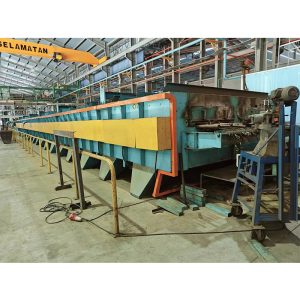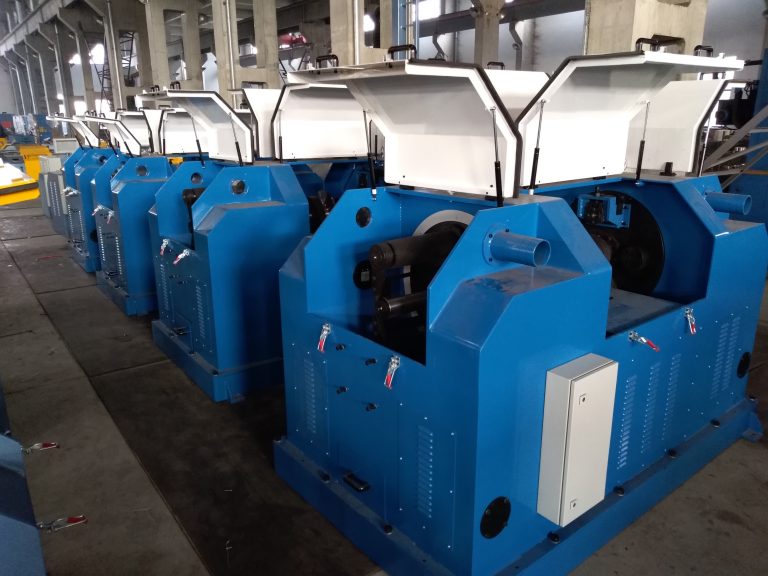Optimizing Efficiency in GI Wire Production Line
Galvanized iron (GI) wire is a crucial component in various industries, including construction, agriculture, and manufacturing. As the demand for GI wire continues to rise, it is essential for production facilities to optimize their efficiency in order to meet this growing demand. One way to achieve this is by implementing a well-designed GI wire production line.
A GI wire production line typically consists of several key components, including wire drawing machines, galvanizing tanks, and coiling machines. Each of these components plays a critical role in the production process, and optimizing their efficiency can lead to significant improvements in overall productivity.
One of the first steps in optimizing a GI wire production line is to ensure that the wire drawing machines are operating at their full potential. These machines are responsible for reducing the diameter of the wire by pulling it through a series of dies, and any inefficiencies in this process can have a cascading effect on the rest of the production line. Regular maintenance and calibration of the wire drawing machines is essential to ensure that they are operating at peak efficiency.

Once the wire has been drawn to the desired diameter, it is then passed through a series of galvanizing tanks to apply a protective zinc coating. The efficiency of this galvanizing process is crucial, as any inconsistencies in the coating can lead to subpar quality and increased waste. Implementing automated controls and monitoring systems can help to ensure that the galvanizing process is consistent and efficient, resulting in higher quality GI wire and reduced material waste.
After the galvanizing process is complete, the wire is typically coiled for storage and transportation. Coiling machines play a critical role in this final stage of production, and optimizing their efficiency can lead to significant time and labor savings. Implementing automated coiling systems and integrating them with the rest of the production line can help to streamline the coiling process and reduce the need for manual labor.
In addition to optimizing the individual components of a GI wire production line, it is also important to consider the overall layout and flow of the production facility. A well-designed layout can minimize the need for material handling and reduce the time and effort required to move materials between different stages of the production process. Implementing lean manufacturing principles and utilizing technologies such as conveyor systems and automated material handling equipment can help to optimize the overall efficiency of the production line.
In conclusion, optimizing efficiency in a GI wire production line is essential for meeting the growing demand for this crucial industrial component. By focusing on the individual components of the production line, implementing automated controls and monitoring systems, and optimizing the overall layout and flow of the production facility, production facilities can achieve significant improvements in productivity and quality. As the demand for GI wire continues to rise, it is essential for production facilities to invest in optimizing their production lines in order to remain competitive in the market.





